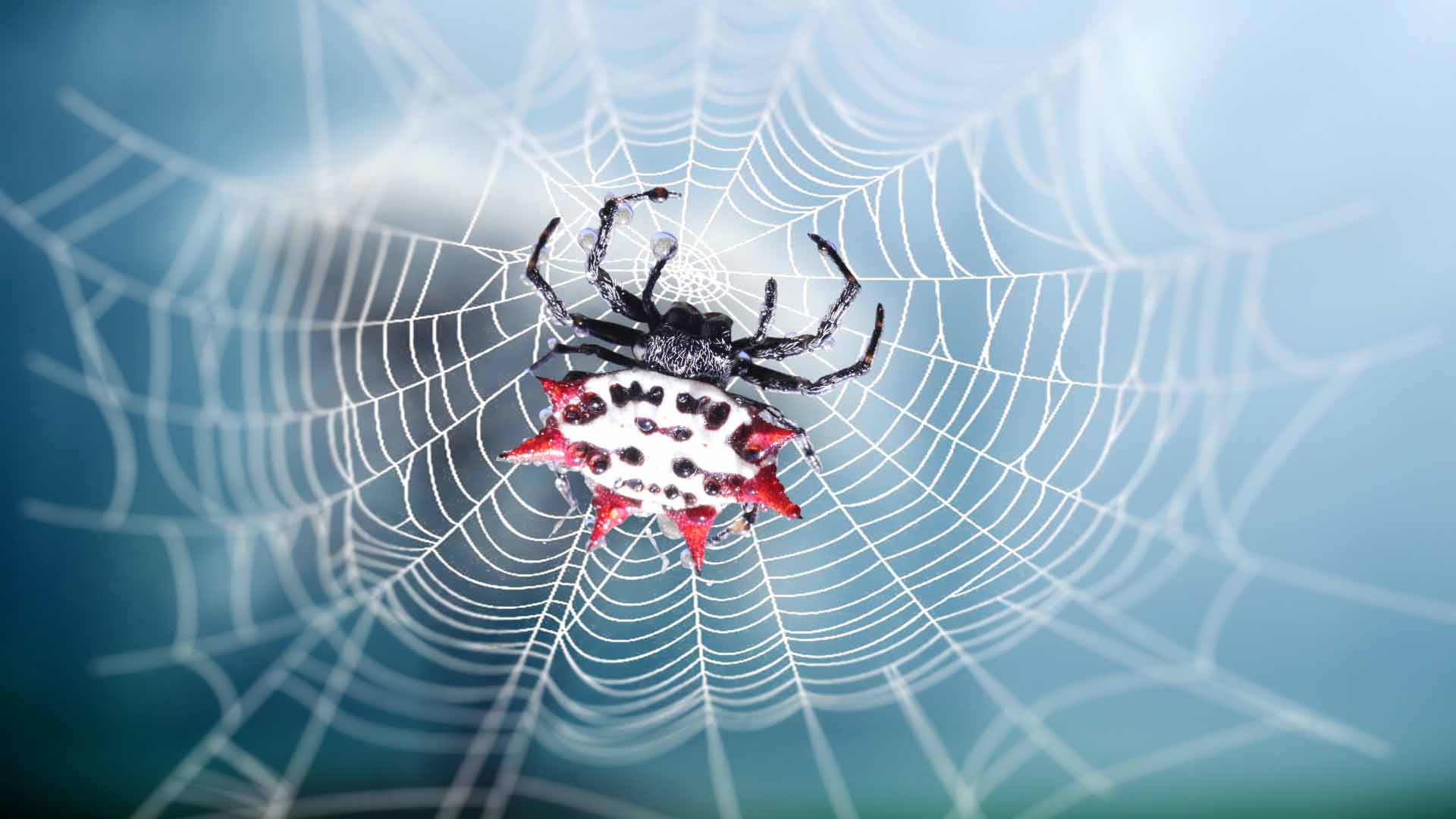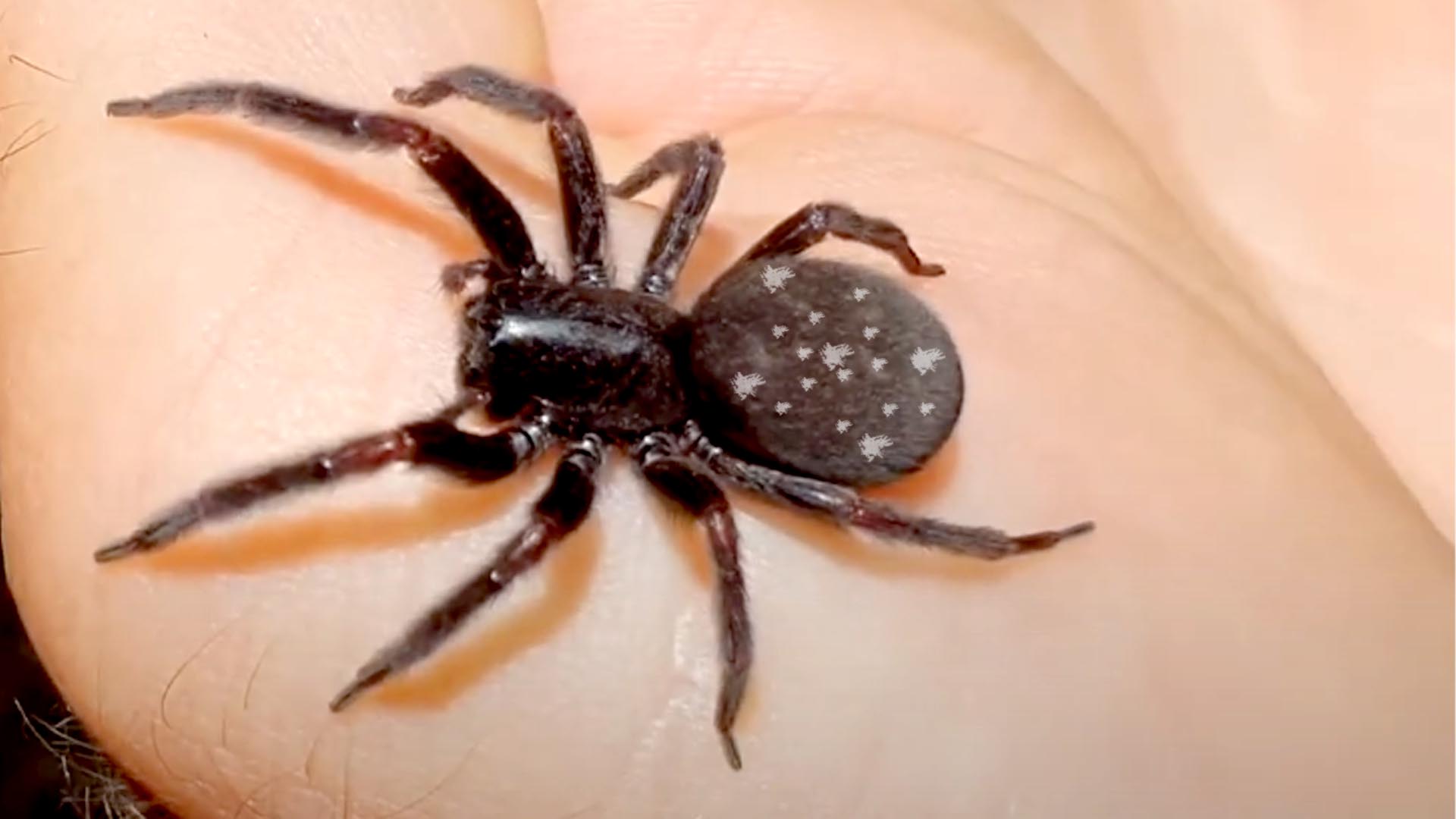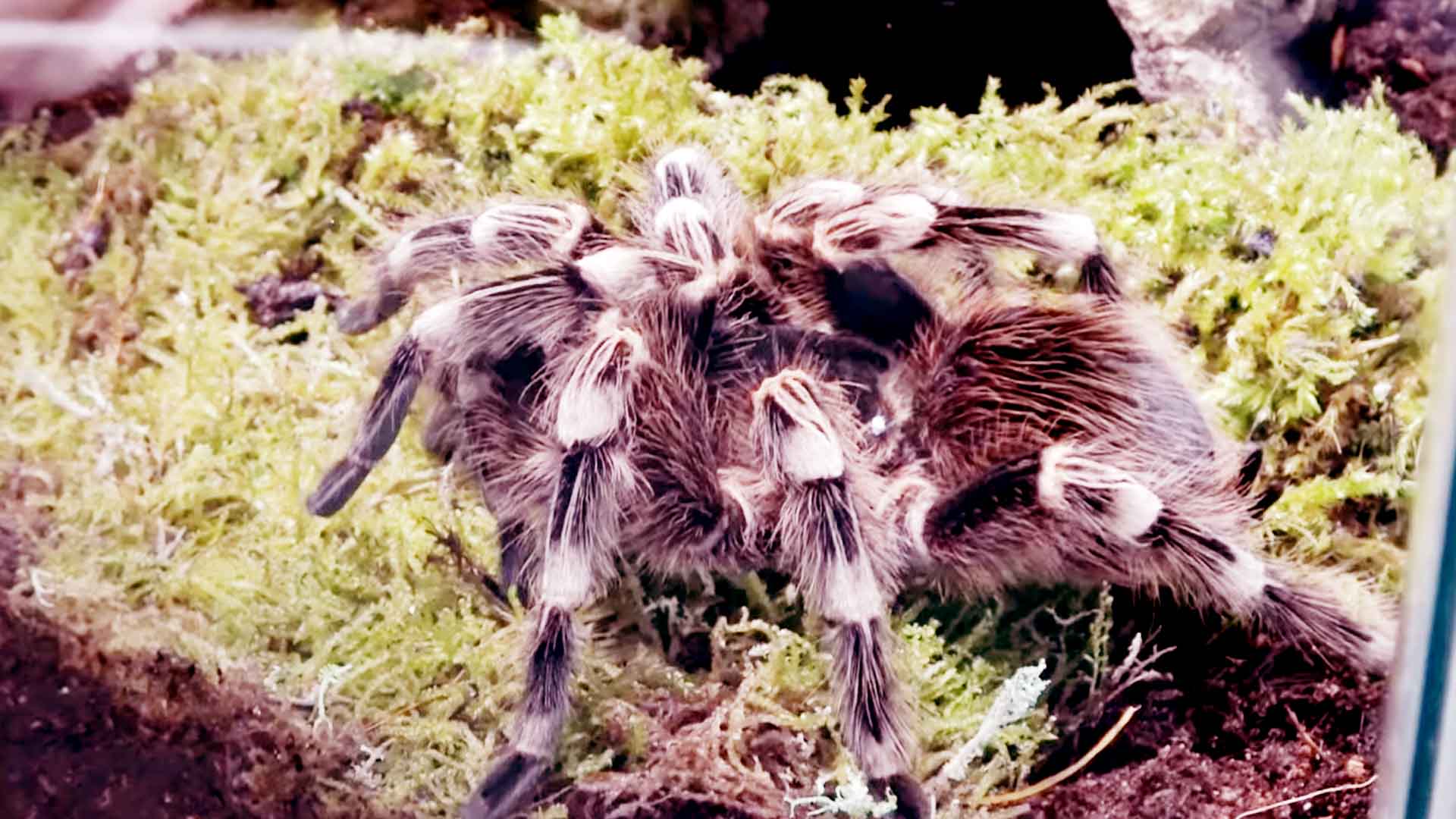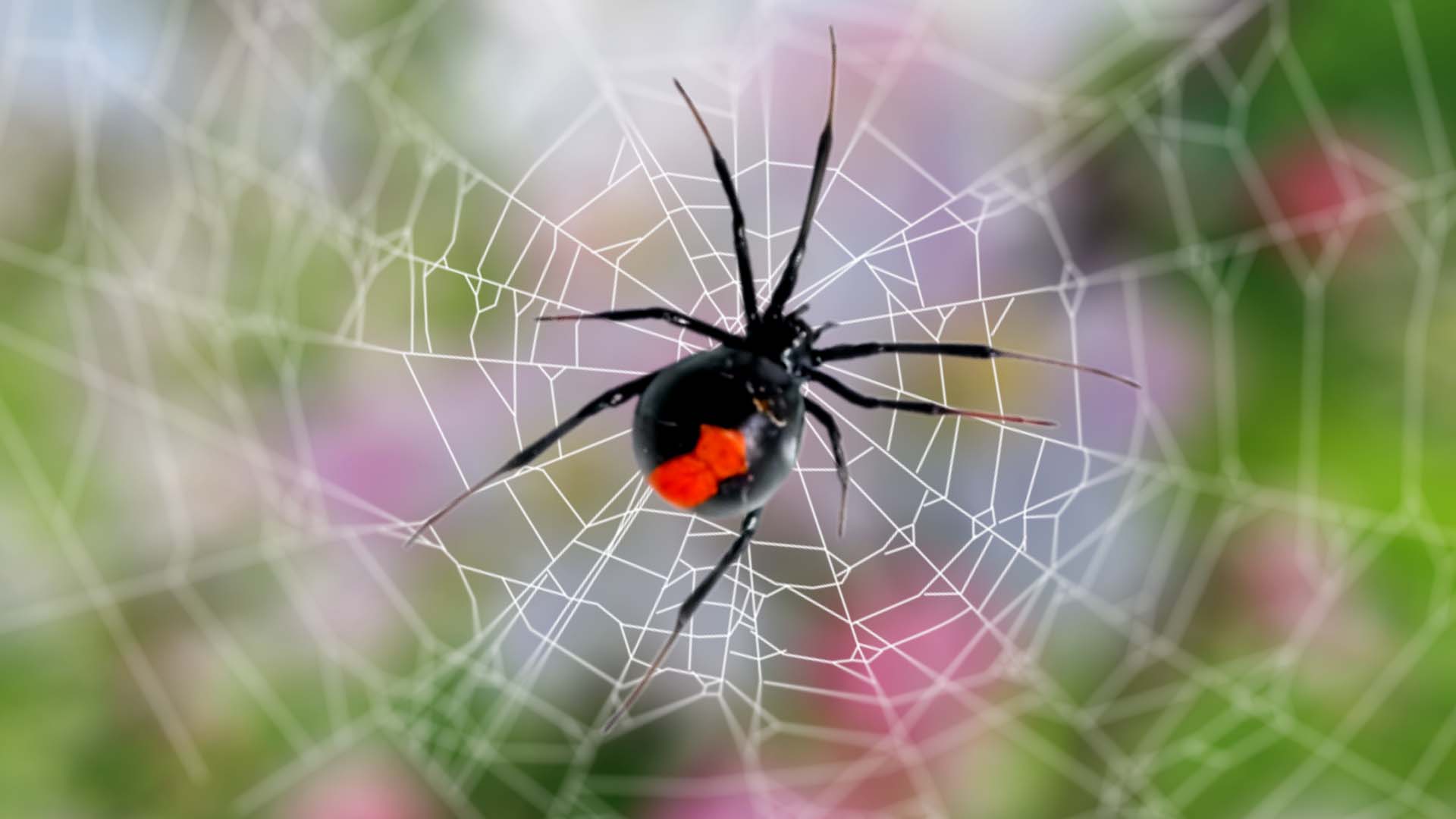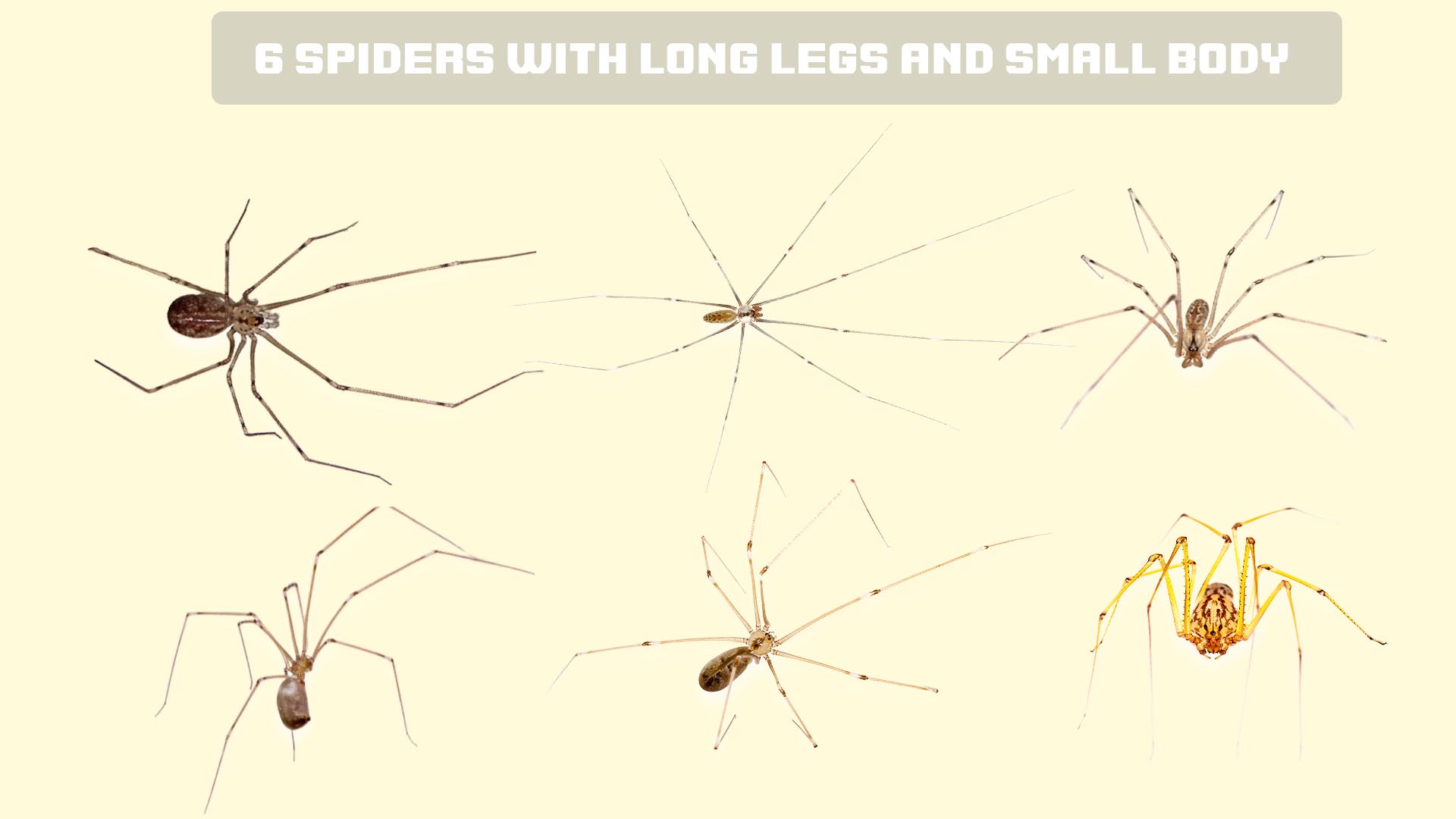In the world of insects, Some species are beautiful and some species are most poisonous. Among these, was a group of black spiders with white spots on their backs. They are the most poisonous black spiders in the world.
Today, we will discuss – how to identify spiders, the bite identification process, and what you do when this type of spider bit is.
Widow Spider
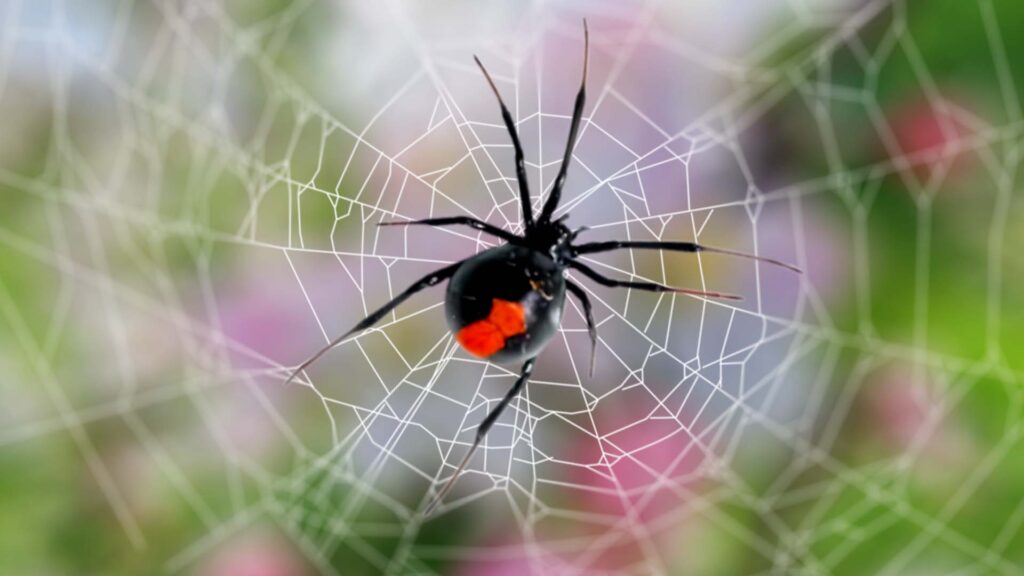
Among the poisonous black spiders with white spots on the back, the Widow Spider is the most poisonous. Widow spiders are typically black or dark brown with a distinctive red hourglass-shaped mark on the underside of their abdomen.
This red marking is a key characteristic for identifying widow spiders. The shape and coloration of the hourglass mark can vary slightly depending on the species of widow spider.
The symptoms of a widow spider bite:
When bitten by a widow spider, you may experience a range of symptoms, including:
- Immediate, sharp pain or burning at the bite site.
- Redness and swelling.
- Muscle cramps and pain, usually start in the abdominal region and spread to the back and legs.
- Sweating and fever.
- Chills and nausea.
These symptoms may develop within a few hours after the bite. In severe cases, widow spider bites can lead to more serious neurological symptoms, but such cases are relatively rare.
Initially, a black widow spider bite may appear as a small, red puncture wound with some localized swelling and redness. As the symptoms progress, you might notice the formation of a pale. raised area or blister at the bite site.
After 24 hours
After 24 hours, a spider bite can evolve. In the case of a black widow spider bite, the bite site may become more painful, and the redness and swelling can spread. Blisters or lesions may develop, and the surrounding skin may appear discolored or bruised.
If you suspect you’ve been bitten by a black widow spider, it’s essential to seek medical treatment promptly. Treatment may include pain management, muscle relaxants, and antivenom in severe cases. Medical professionals will assess the severity of your symptoms and provide appropriate care.
Redback Spider
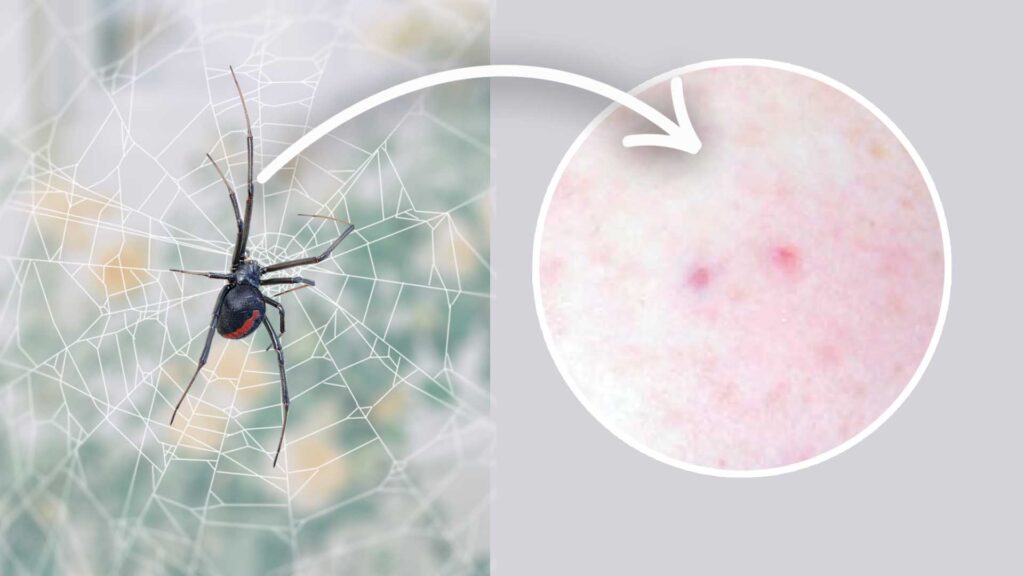
Redback spiders are small-sized spiders with spots in the back. typically about the size of a large pea and their distinctive appearance.
The females are black with a red or orange stripe on the upper abdomen, often forming an hourglass shape, while the males are smaller and lack the red stripe.
Redback spiders are venomous, and their bites can cause various symptoms. While they are not usually life-threatening, their venom can lead to intense pain, sweating, muscle weakness, and nausea. Seek medical attention if bitten, especially if you experience severe symptoms.
A redback spider bite may initially feel like a pinprick or a mild burning sensation. Within hours, you may experience worsening pain, especially around the bite site, and other symptoms like sweating and muscle discomfort. If you suspect a redback spider bite or see the characteristic red stripe on the spider, it’s crucial to seek medical assistance.
The duration of redback spider bite symptoms can vary from a few days to several weeks. Pain and discomfort tend to subside within a few days, but in some cases, muscle weakness and other symptoms may persist for weeks. Timely medical treatment can help alleviate symptoms and potentially shorten the recovery period.
If bitten by a redback spider, follow these steps:
- Wash the bite area with soap and water.
- Apply a cold pack to reduce pain and swelling.
- Seek immediate medical attention, as antivenom may be required to manage severe symptoms.
- Keep the bite site immobilized and avoid unnecessary movement.
Prompt medical treatment is crucial, as it can help manage the effects of the venom and prevent complications.
Jumping Spider
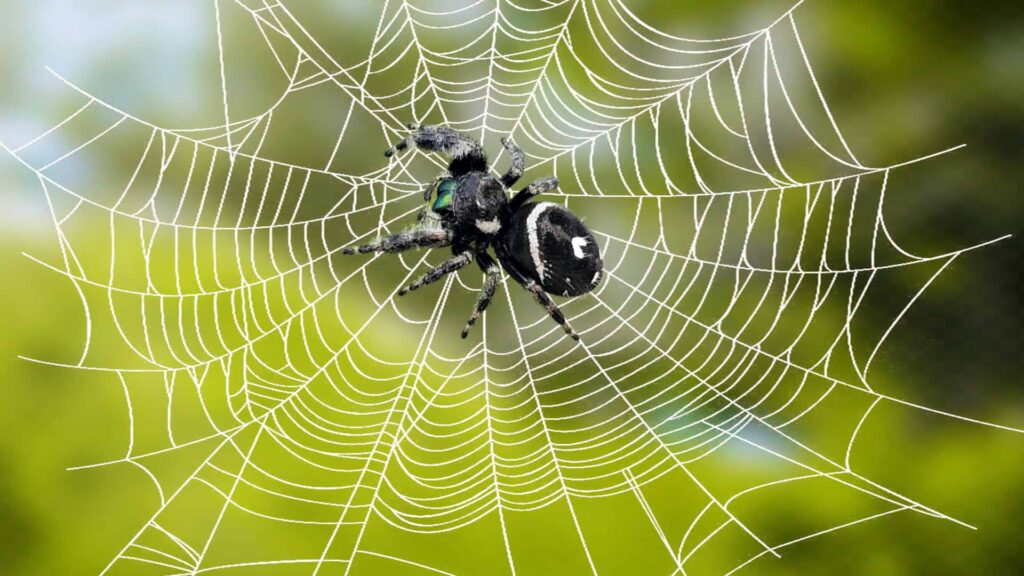
Jumping spiders are small among the species of spiders with white spots on the back. It has agile arachnids with distinct characteristics. To identify a jumping spider, look for the following features:
- Compact, robust body shape.
- Large front-facing eyes that provide excellent vision.
- Short legs, with the hind legs often being thicker and longer than the front legs.
- Generally, they are colorful and patterned, with iridescent or metallic markings.
- They are known for their quick movements and the ability to jump.
- Jumping spiders are non-venomous and are not considered medically significant for their bites.
The characteristics of a jumping spider
Jumping spiders are known for their unique characteristics, which include:
- Excellent vision due to their large, front-facing eyes.
- Compact body shape.
- Short legs, with the hind legs often thicker and longer.
- Colorful and patterned appearance.
- Quick movements and the ability to jump to catch prey.
- Non-venomous and generally harmless to humans.
Spider bites can be challenging to identify solely based on the bite itself. Spider bites may cause symptoms like redness, swelling, pain, and itching. However, these symptoms can resemble those of other insect bites or skin conditions. If you suspect a spider bite, consider the circumstances and the appearance of the spider, if known. If you experience severe or unusual symptoms, consult a healthcare professional for proper evaluation and treatment.
Fuzzy Spider
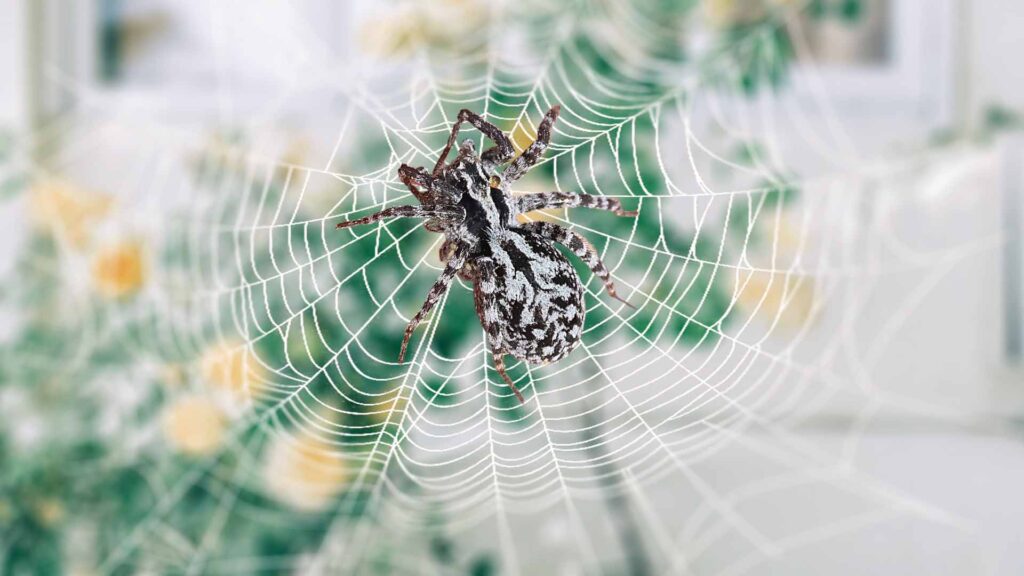
To identify a “Fuzzy Spider,” you’ll need more specific characteristics or a common name or region to accurately identify the spider. The term “Fuzzy Spider” is not a common name for any particular spider species. Spiders come in a wide variety of shapes, sizes, and colors, and their identification typically relies on specific features like coloration, markings, size, and habitat.
Without a specific species or scientific name for the “Fuzzy Spider,” it’s challenging to describe the symptoms of its bite. Spider bites can range from being harmless to causing mild to moderate local reactions, such as redness, swelling, pain, and itching. In rare cases, some spider bites can lead to more severe symptoms, including systemic reactions. If you suspect you’ve been bitten by a spider and experience unusual or severe symptoms, seek medical attention.
Black Widow
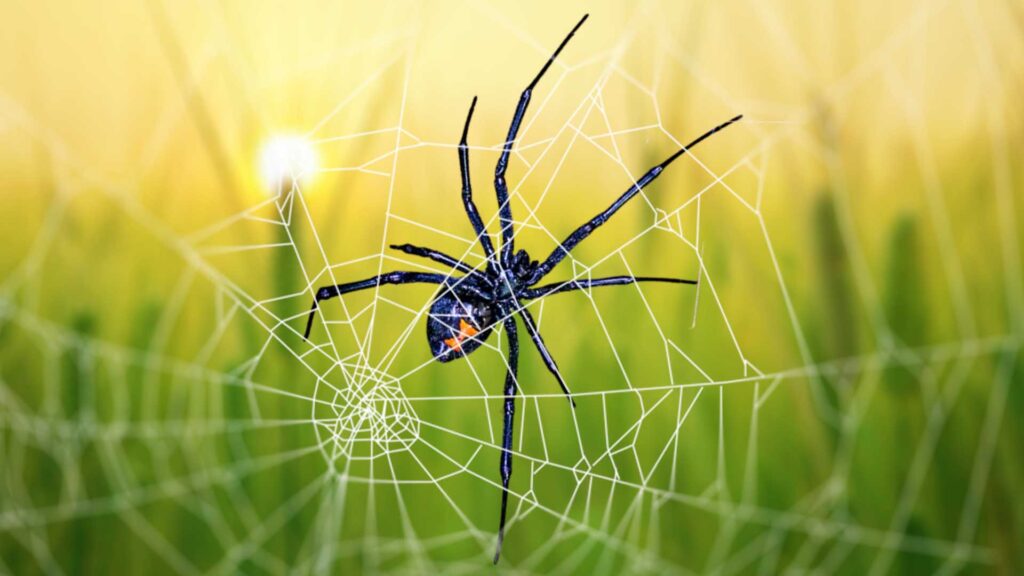
The Black Widow spider, belonging to the Latrodectus genus, is perhaps the most infamous among the spiders with white spots on their backs. Recognized for the distinctive red hourglass or white spot on the abdomen of the female.
The Black Widow is distributed globally, with various species adapted to different regions. Despite their fearsome reputation, Black Widows are generally non-aggressive and only bite when they feel threatened. The potent neurotoxic venom is primarily used to subdue prey, and bites can cause discomfort in humans.
Final Thought
The world of black spiders with white spots on their backs is a fascinating one, filled with diversity, adaptability, and a delicate balance in the natural order. From the notorious Black Widows to the agile Jumping Spiders and the enigmatic Fuzzy Spiders, each species contributes uniquely to the ecosystem. While their venom may be potent, it is essential to appreciate these creatures for their ecological roles and the intricate patterns they weave into the tapestry of nature.

